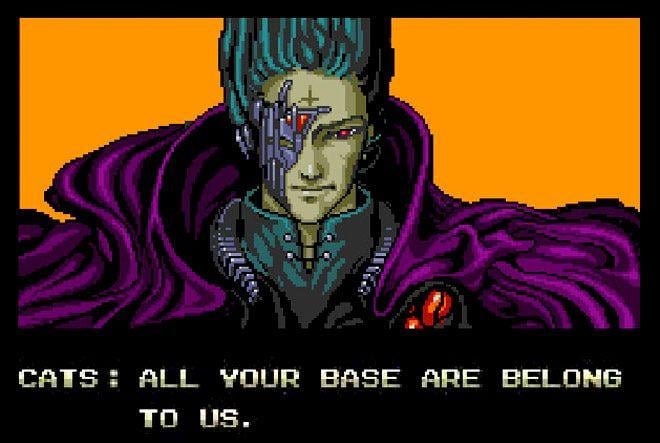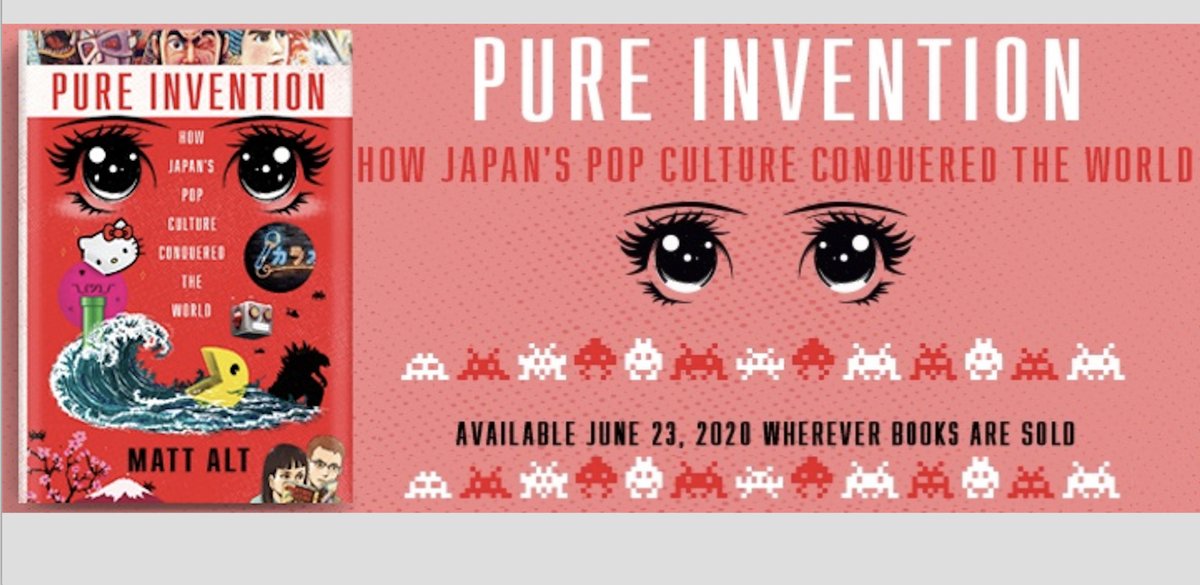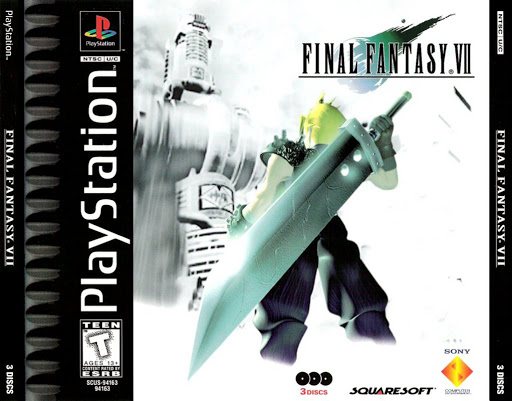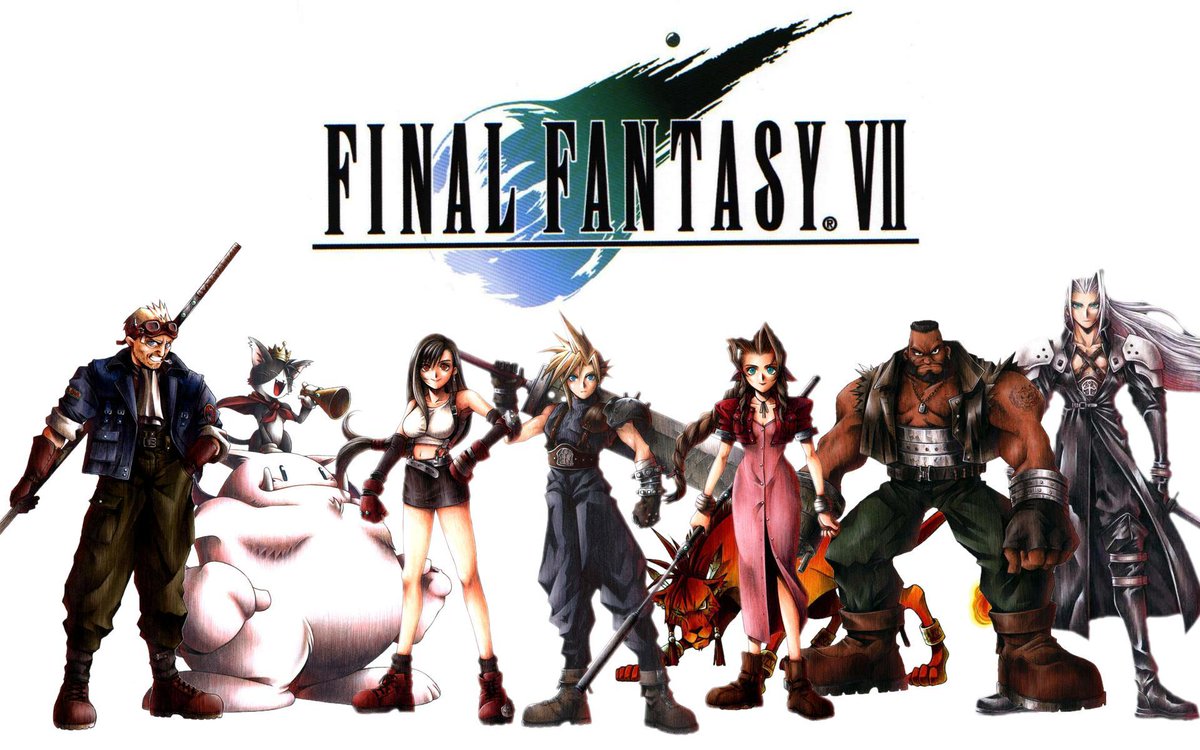
In "Pure Invention" I wrote how shocked Westerners were by how many toy stores they saw in in 1800s Japan. I'd long wondered what these shops looked like. I finally found a photo at the Library of Congress. This is of an Osaka toy store called Sumiyashi in 1876, 145 years ago. 

Thanks very much to the @librarycongress for making material like this available online! loc.gov/search/?in=&q=…
Some traditional toys made it to the US market, but were forced out when WWII broke out. This is a San Francisco shop specializing in Japanese toys; note similar playthings on display. It was forced to close because our government banished the owners to an internment camp. 

• • •
Missing some Tweet in this thread? You can try to
force a refresh


















